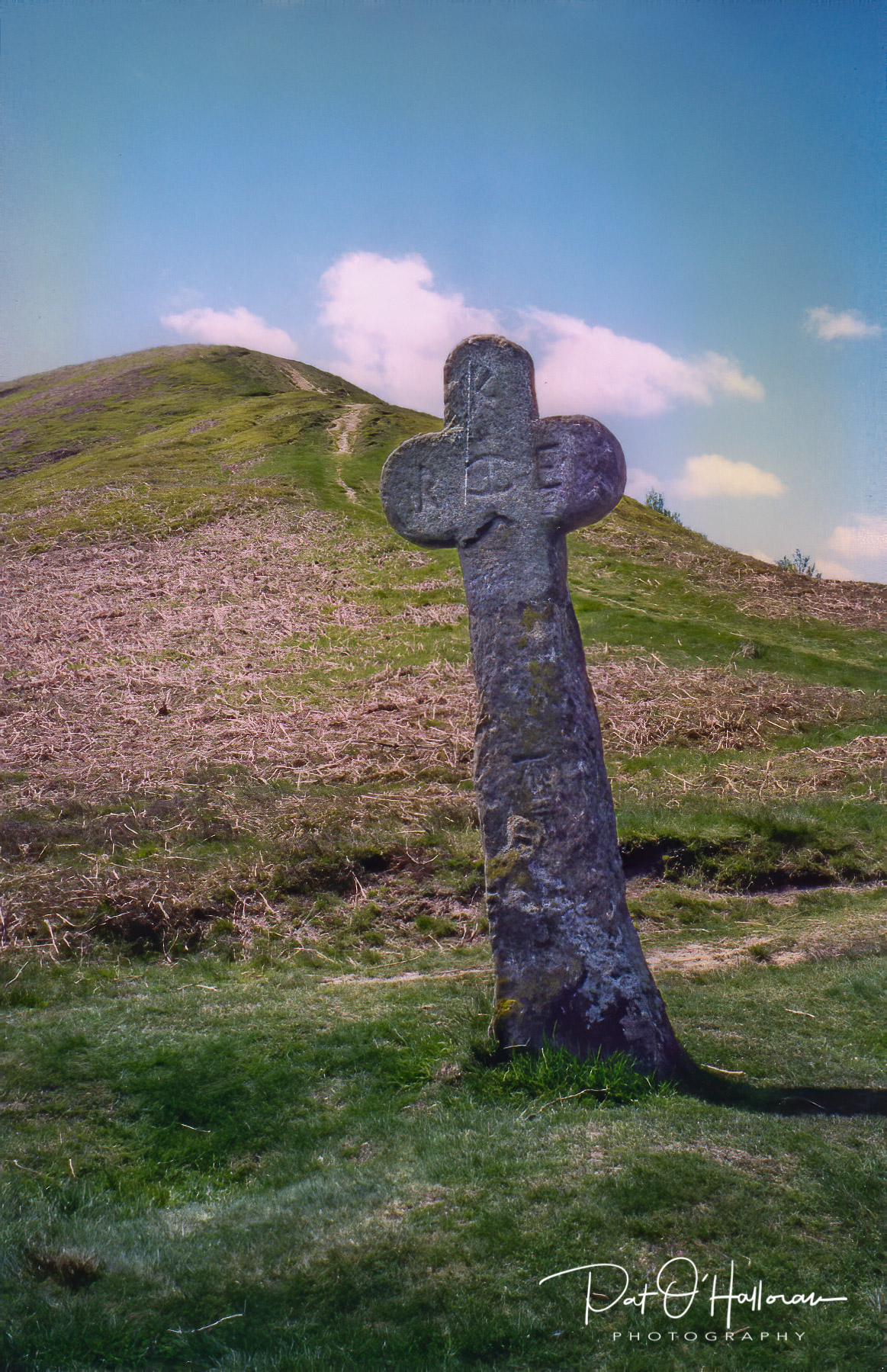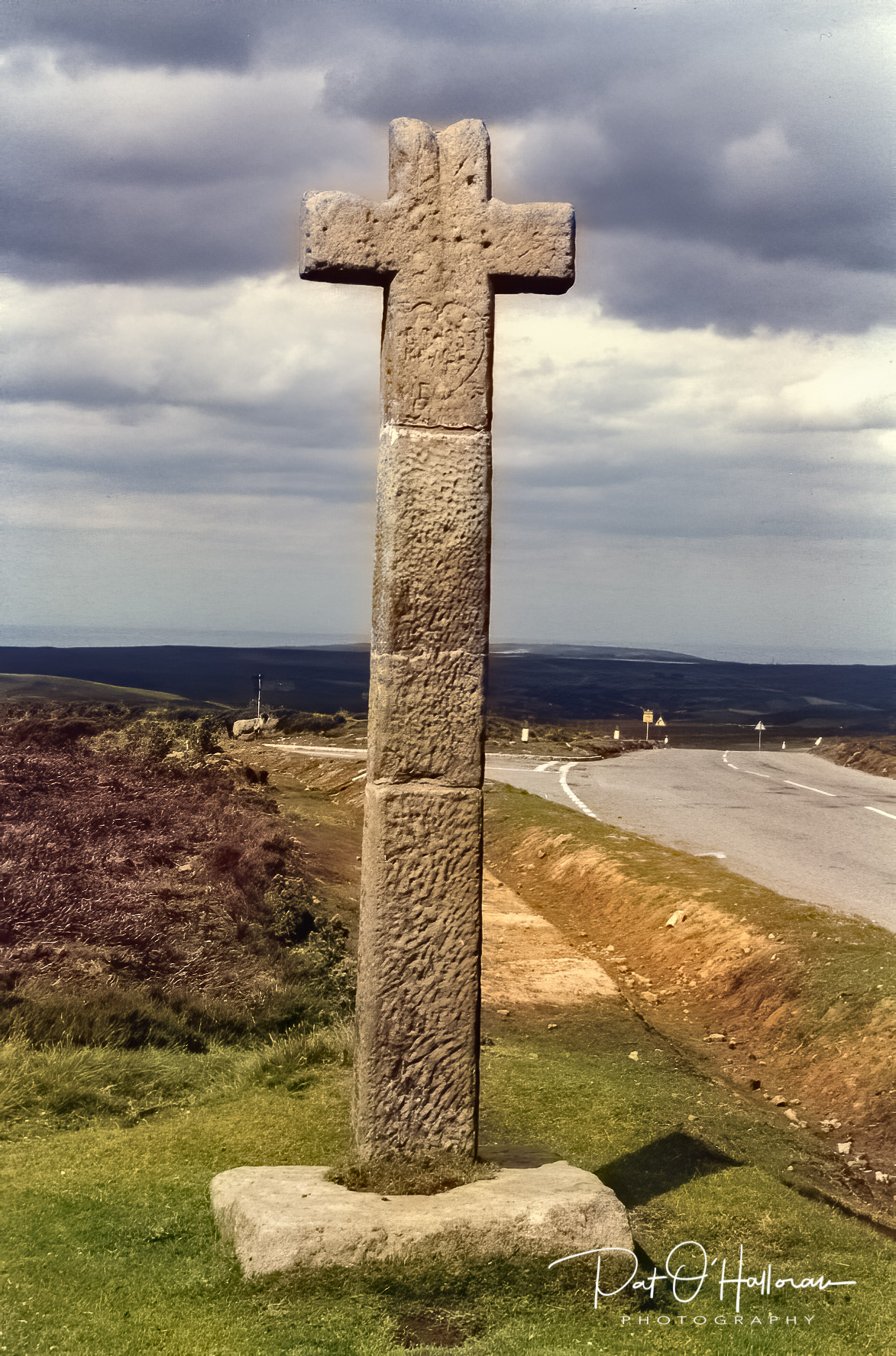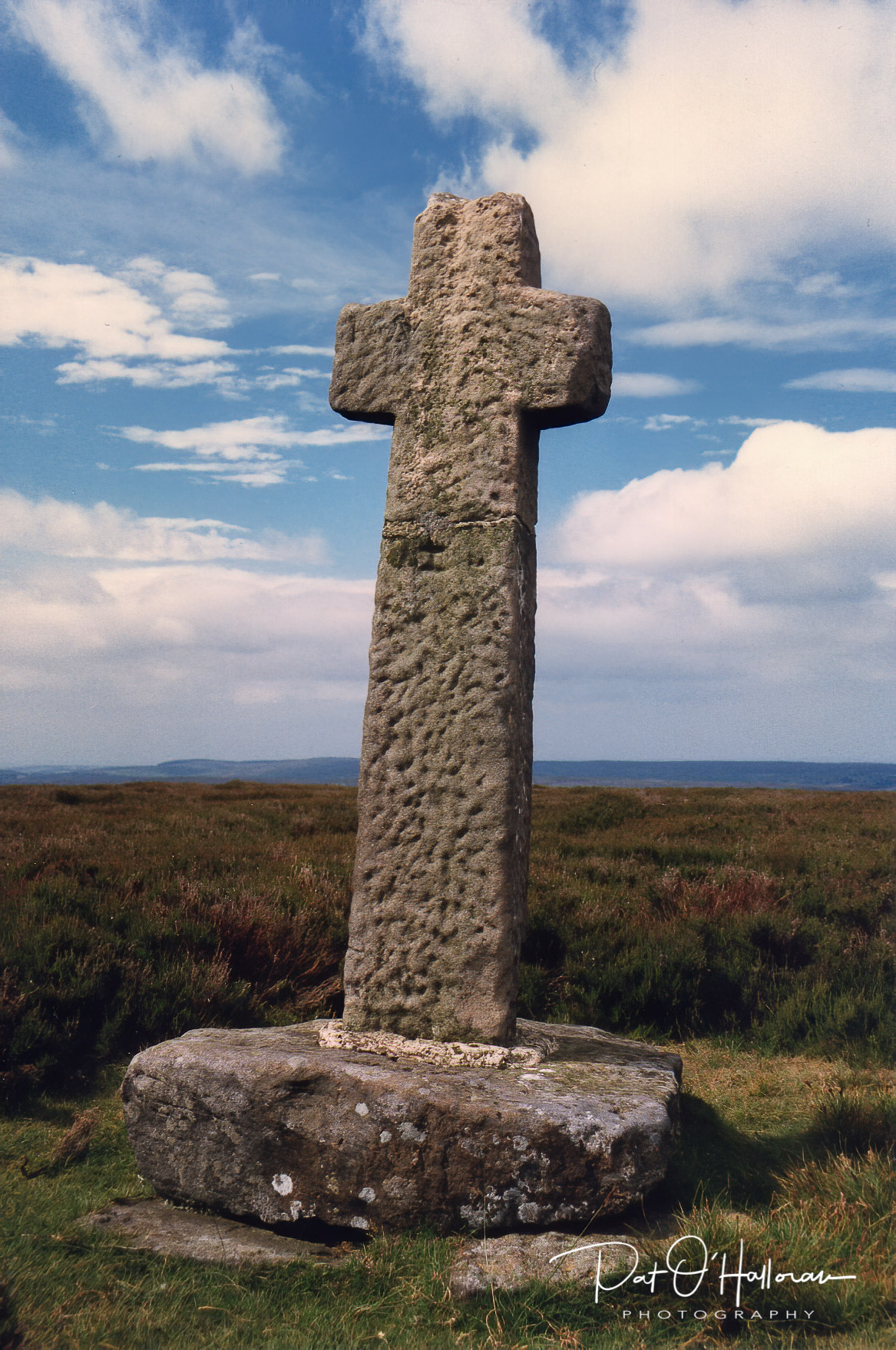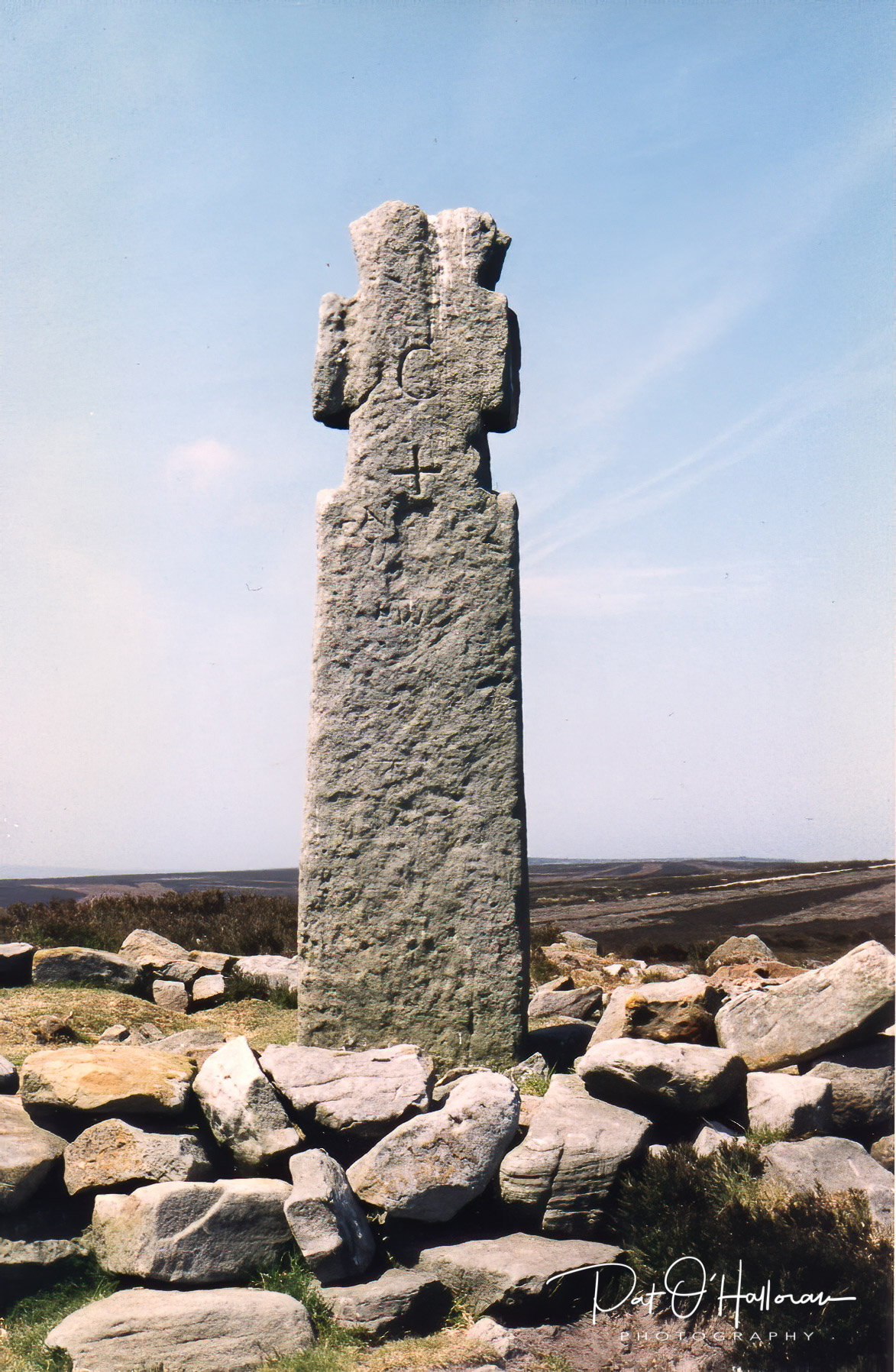In my first blog on moorland crosses I mentioned the damage done to Young Ralph and the need for it to be repaired. I’d like to start this post with a similar tale.
I first went to find Ainhowe or Ana Cross in 1997. It stands on Spaunton Moor not far from the top of Chimney Bank above Rosedale. I was very disappointed when I arrived to find only the base remaining and the shaft of the cross in pieces scattered around it. However, I later learnt it had collapsed in the winter of 1995 and was to be restored, this happened in 1998.

It is known as both Ainhowe Cross (also One Howe) and Ana Cross depending on where you look. It is believed that the original cross once stood up to a height of twenty-four feet, the cross we see now is a reconstruction of a replacement made in the 1949. In the crypt of Lastingham church there is part of a crosshead said to be from the original Ana Cross.
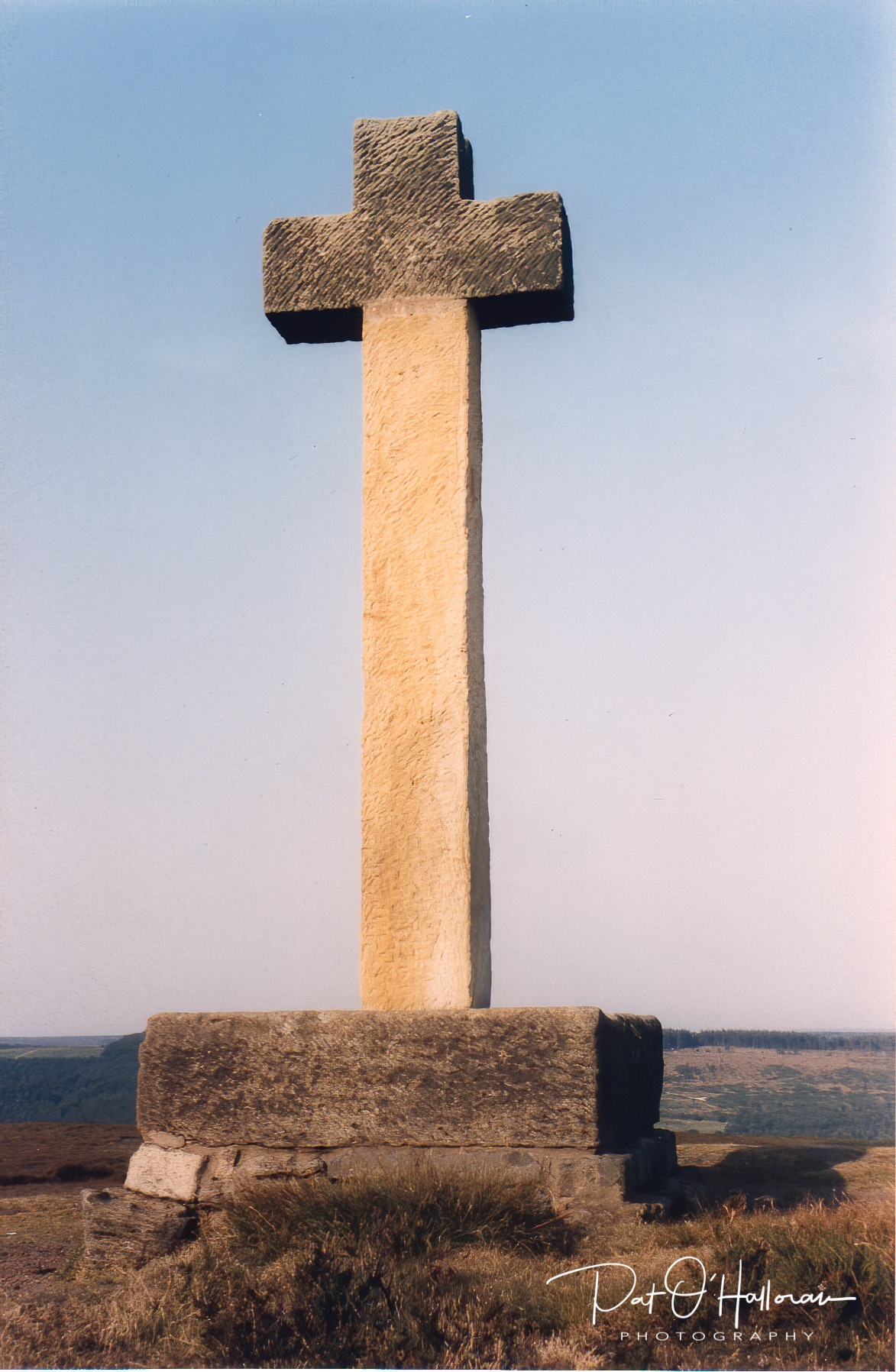
I have included a photograph of that crosshead but I apologise for the image quality, it is a scan of an old photograph taken in challenging conditions. The original cross no doubt marked part of the track system between Rosedale Priory and Lastingham, it would have been visible, and impressive, from quite a distance.
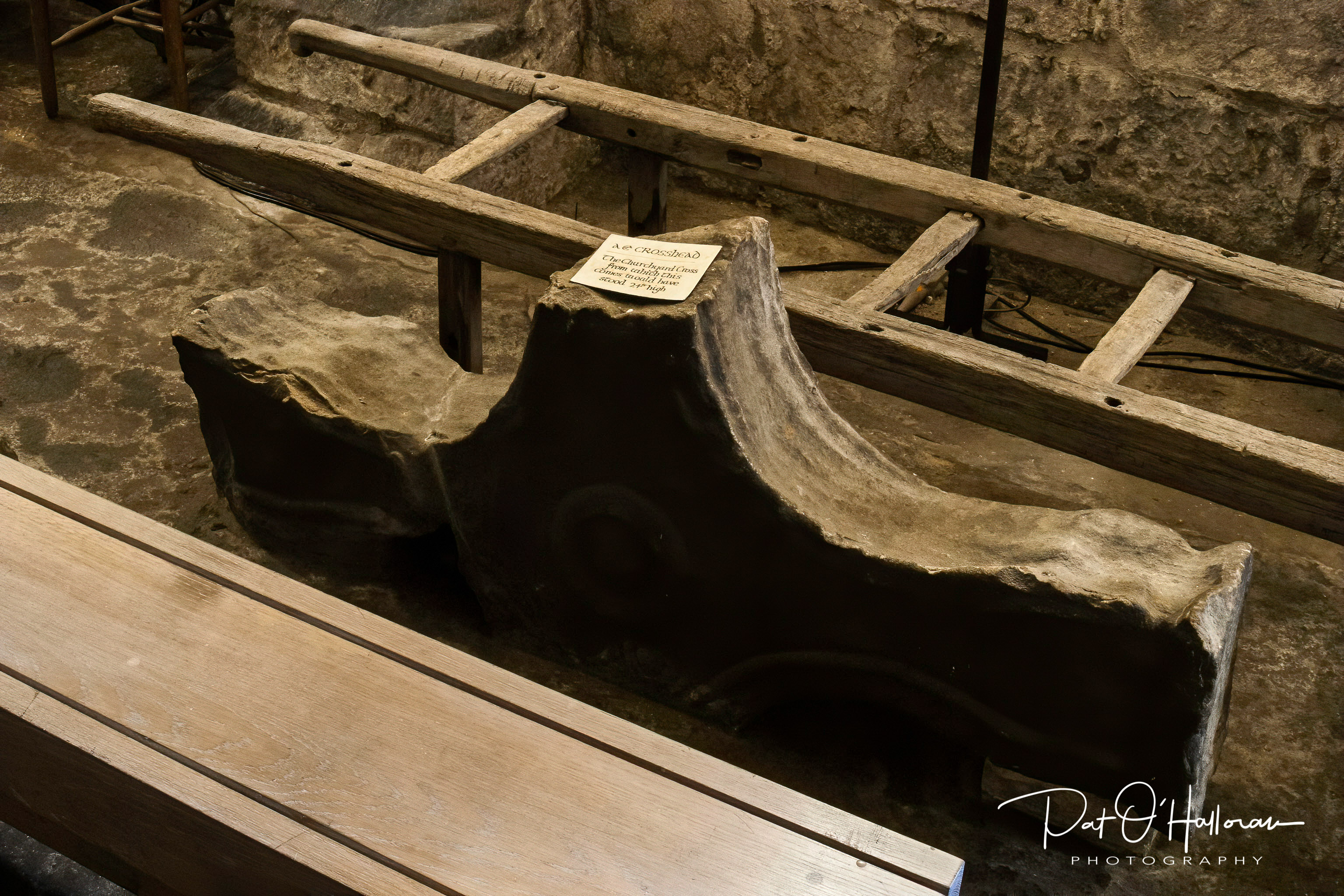
If you were to travel approximately half a mile to the south-east of Ainhowe Cross and searched in the heather off the track you may find Redman Cross, or what remains of it. This cross would also have been a waymarker on the moorland track system. Unfortunately all that survives is a socket stone, propped up on two unrelated (I think) stones. Many of the moor’s crosses now exist only as bases, I’ll be looking at some of these in the next post but thought I’d include this one here as it is so near to Ainhowe Cross. As fas as I know this base is not listed, it does not appear on any maps or in Historic England’s records.
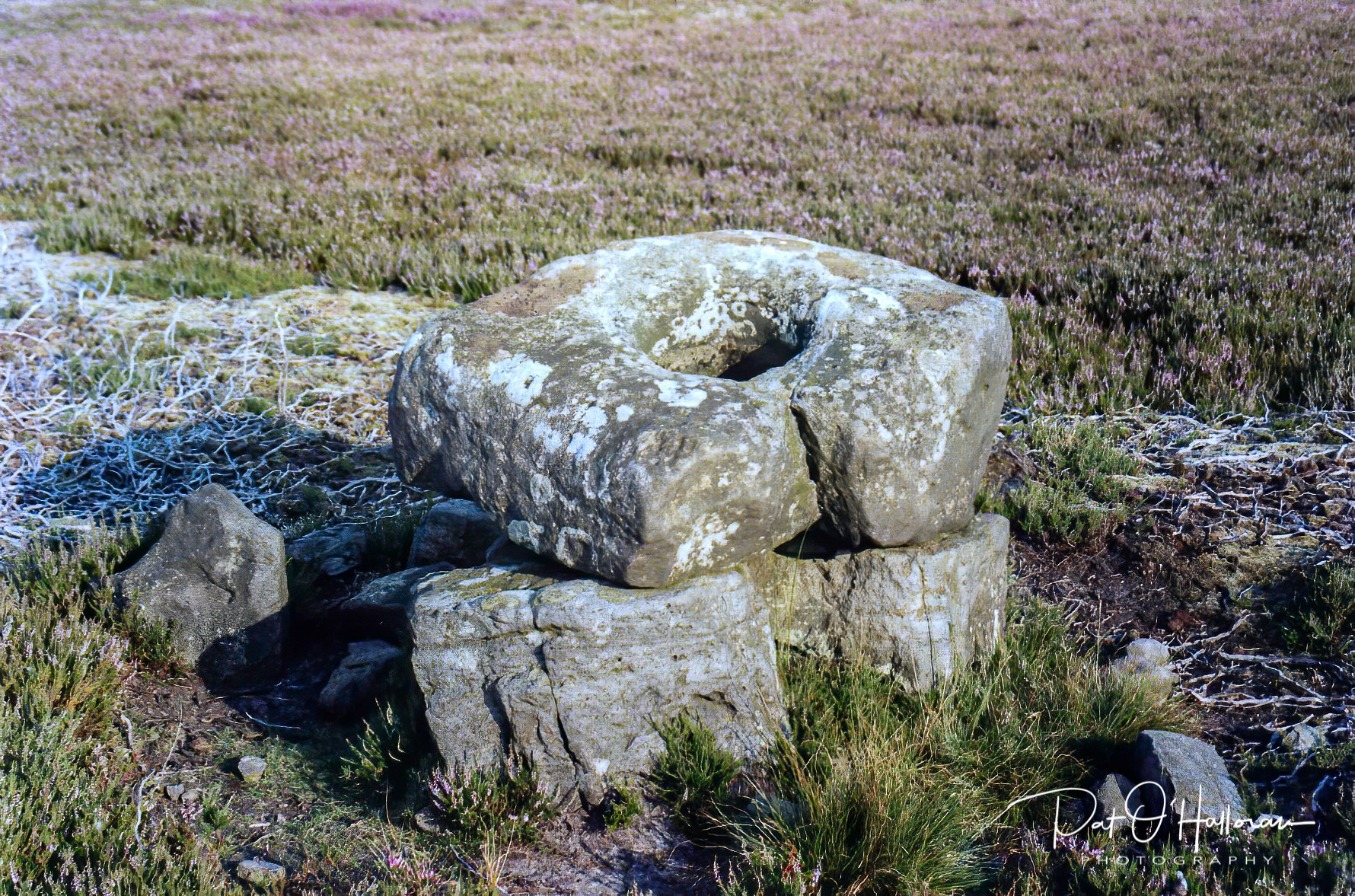
The next cross lies to the east in Cropton forest. It stands a few yards from the Roman road across the moors, this road was used extensively as a trackway in the medieval period and Mauley Cross would have been a marker. It is pleasingly weathered with rounded ends to the cross arms and stands just over two metres high. Its name comes from the De Mauley family, landowners of Mulgrave.
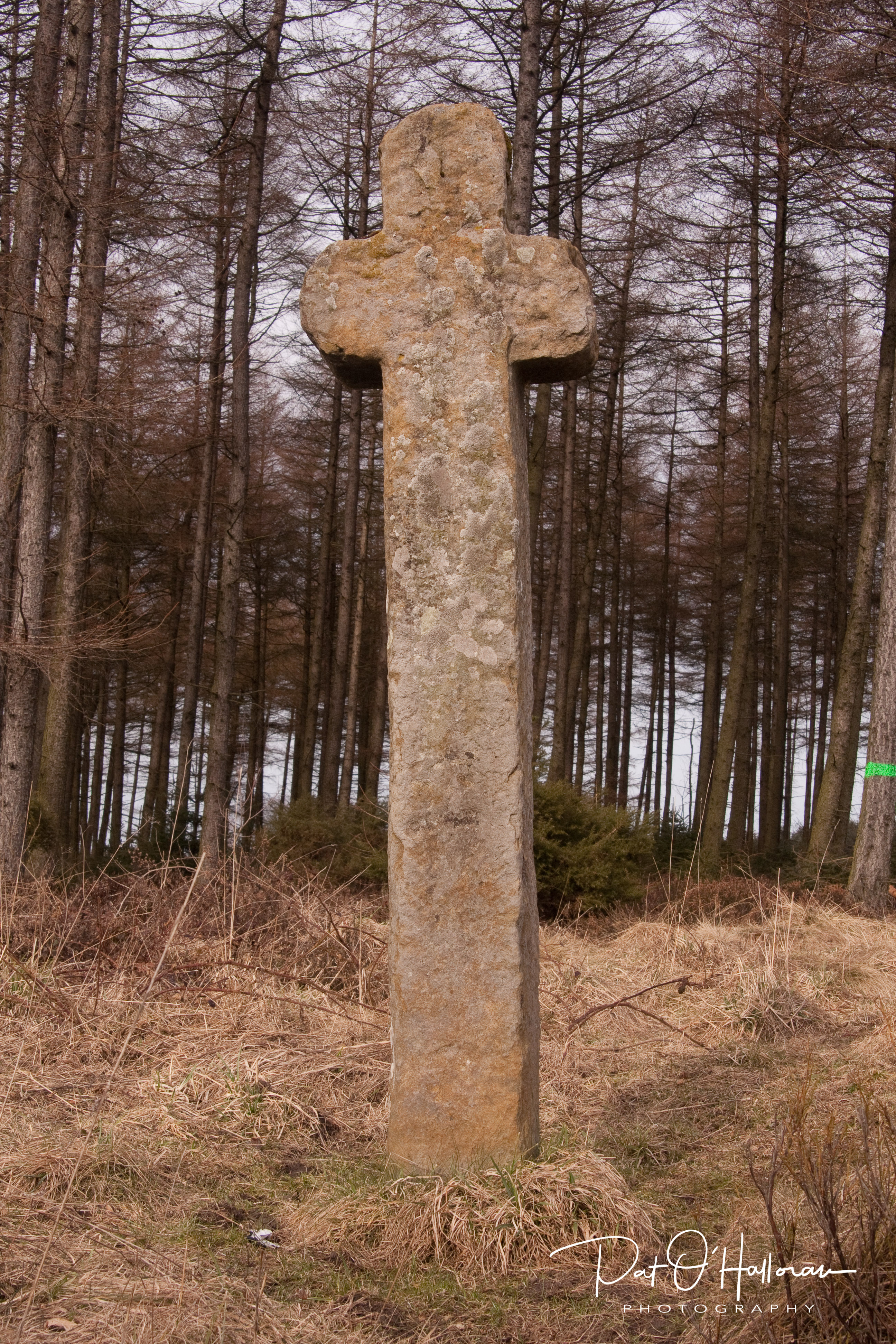
Travelling yet further east we find another cross with rounded arms at the foot of Whinny Nab not far from the main road between Pickering and Whitby, a short walk from the Saltergate Inn. Malo Cross was also named after the De Mauley family. It is shorter than Mauley Cross at about 1.75 metres and is marked with the letters K R E which are supposed to stand for Sir Richard Egerton. The cross is referred to in different places as a wayside marker and a boundary cross, it could, of course, be both.
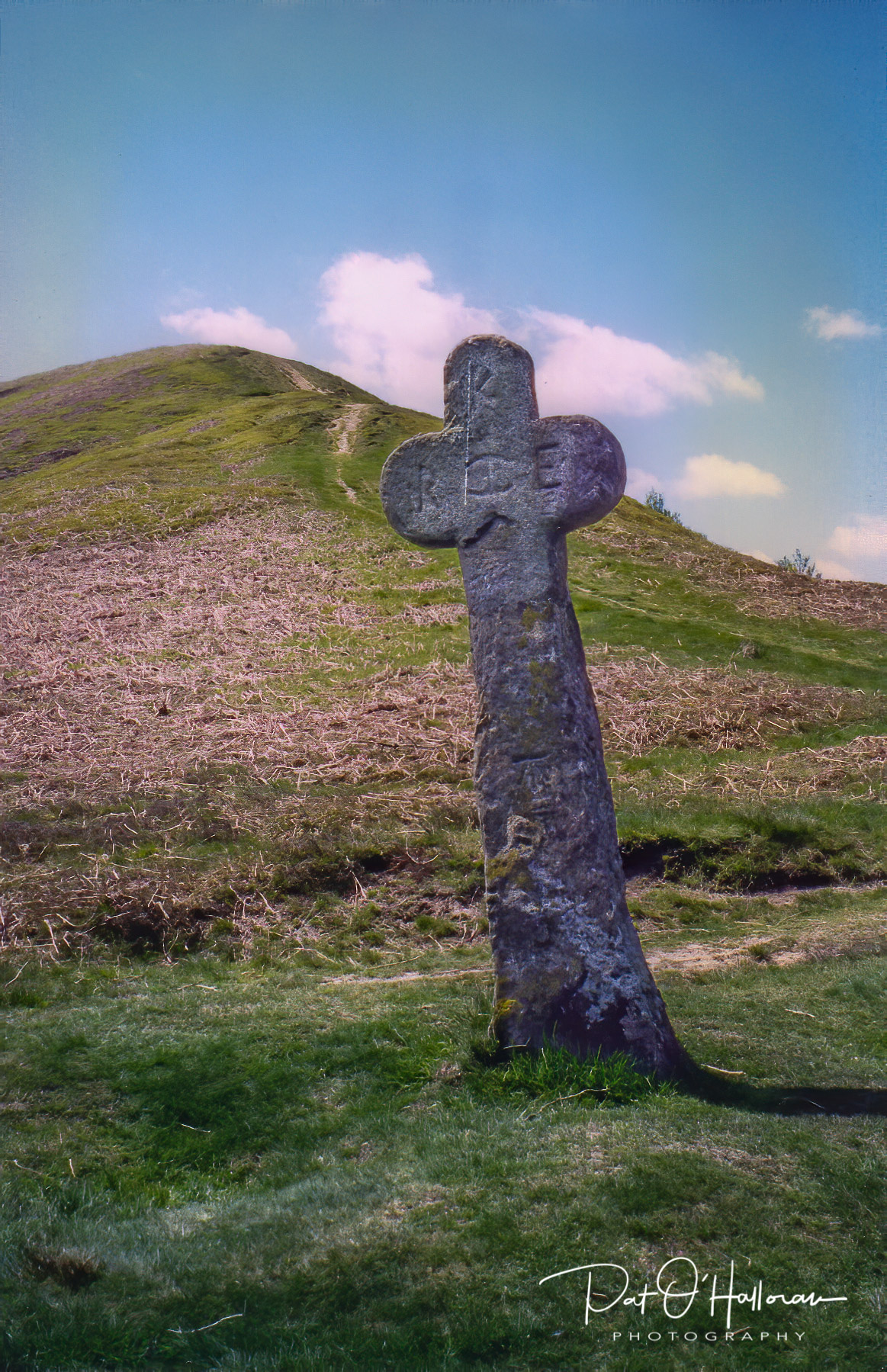
We move now to the north of the National Park to the road heading north from Castleton to Lingdale. At the meeting of this road with the road to Commondale stands White Cross. Thought to be in its original position marking the route and parish boundaries the base survives with a later shaft set in it. This point marks the meeting of several medieval trackways but the two modern roads are now the most apparent. The eastern face, shown in the photograph, has ‘white cross’ inscribed on the base and a bench mark. The original medieval shaft is in Whitby museum but I have no photograph of it.
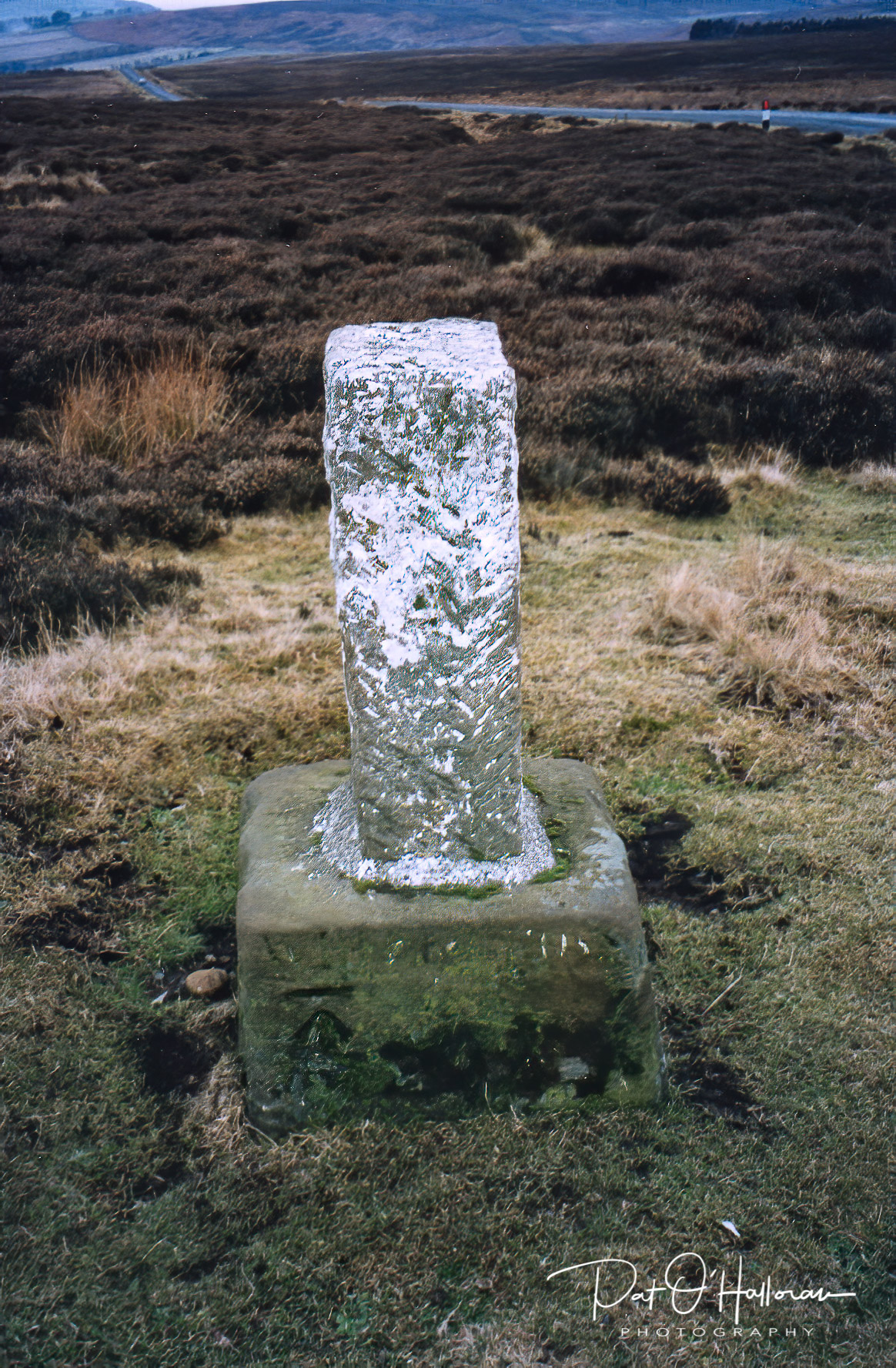
For the last two crosses of this post we move almost due south to the edge of the National Park at Appleton le Moors. Low Cross sits alongside the road north from the village to Spaunton at the junction of a lane to Lastingham and was probably a waymarker for travellers to the monastery there. It is unusual in its shape and is undoubtedly a mixture of ancient stonework with more modern additions. It may have been an early standing stone repurposed as a waymarker. The current slab has an indentation on the south face, as if to hold a plaque or sign, and a square hole cut in it. There are pieces of stone set into a cobbled base, obviously relatively recent, which may have been an attempt to preserve some of the original stonework. It has been proposed that the hole and indentation may indicate its later use as a toll point.
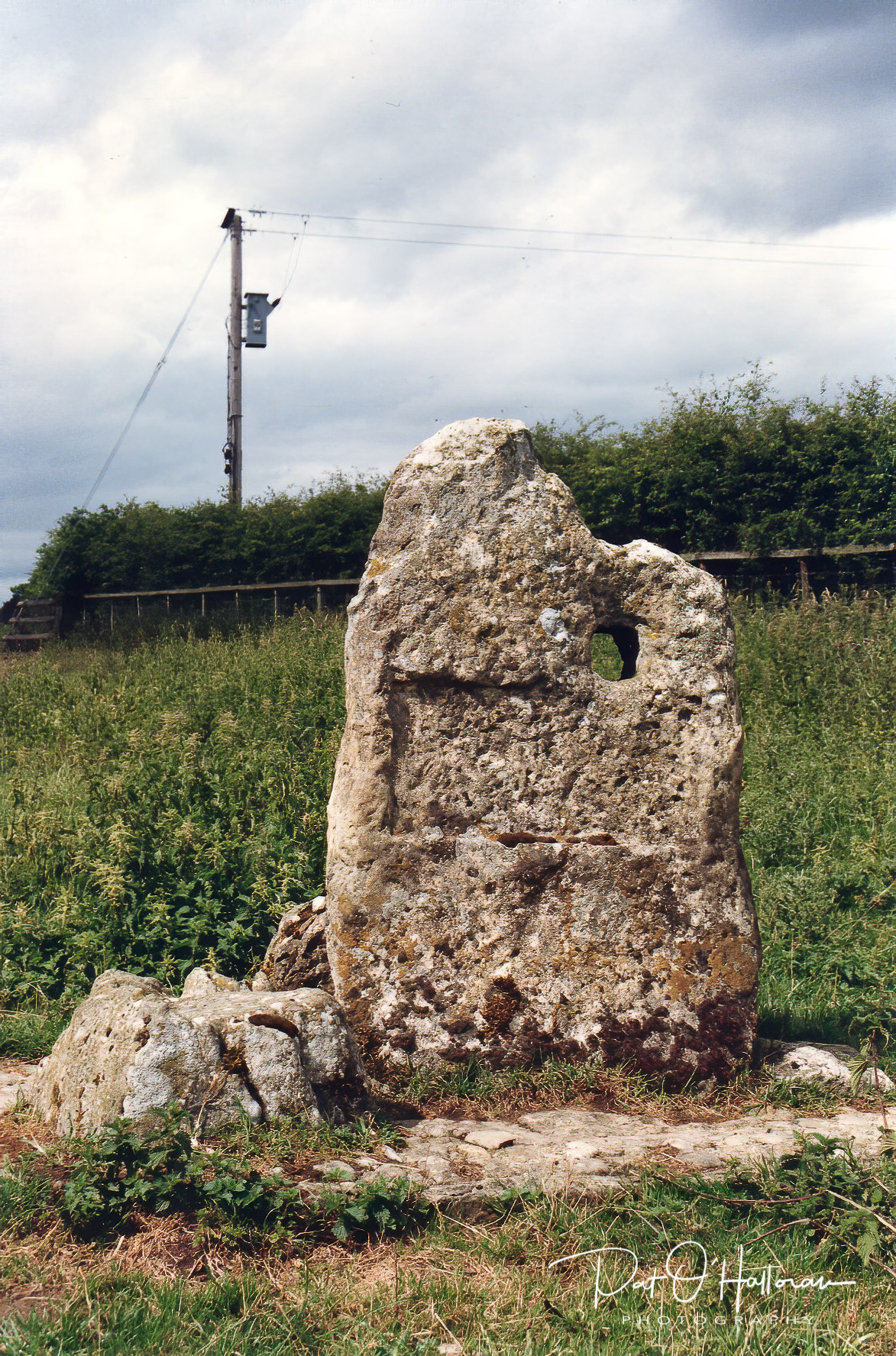
A little further up the road towards Spaunton stands High Cross. This has a large base a little reminiscent of Fat Betty from my previous post but is surmounted by a slender shaft which, if original, may have been as long as three metres. The cross base is thought to be in its original position marking the road between the villages and opposite an old drove road. Like Low Cross the base has been set in cobbles in recent times. It would have been an important cross marking the route much used by travellers to the monastery in Lastingham.
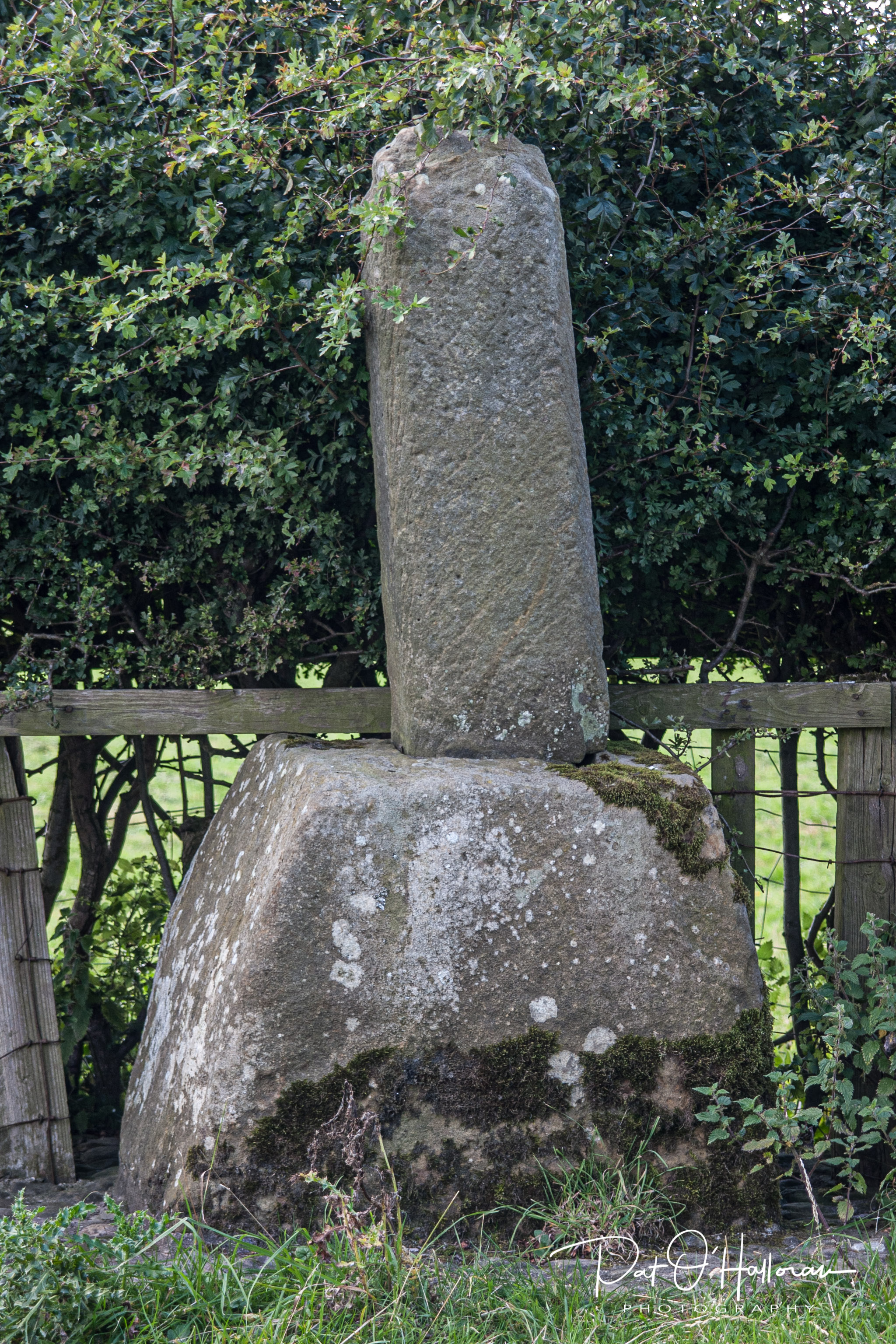
That concludes this post, my second on moorland crosses. There are others and I intend to write a little more in my next post.
References
Mead, H., (1994) Inside The North Yorks Moors. Otley: Smith Settle
Ogilvie, E., Sleightholme A, (1994) An Illustrated Guide To The Crosses On The North Yorkshire Moors, York: The Village Green Press
Peach, H., (2004) Curious Tales Of Old North Yorkshire. Wilmslow: Sigma Leisure.
White, S., (1987) Standing Stones & Earthworks On The North Yorkshire Moors. Scarborough: S. White.

